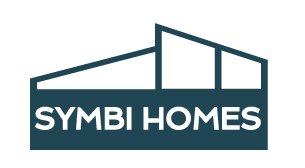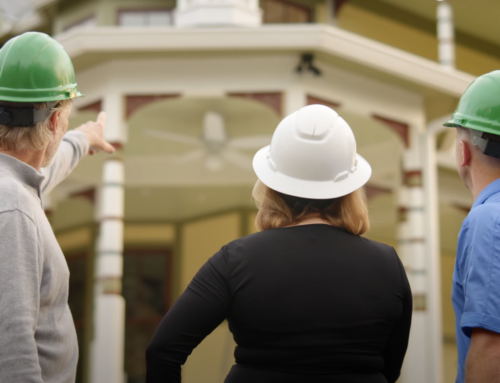The goal is to bring back a Queen Anne Victorian home destroyed by fire to a net-zero standard of high performance.
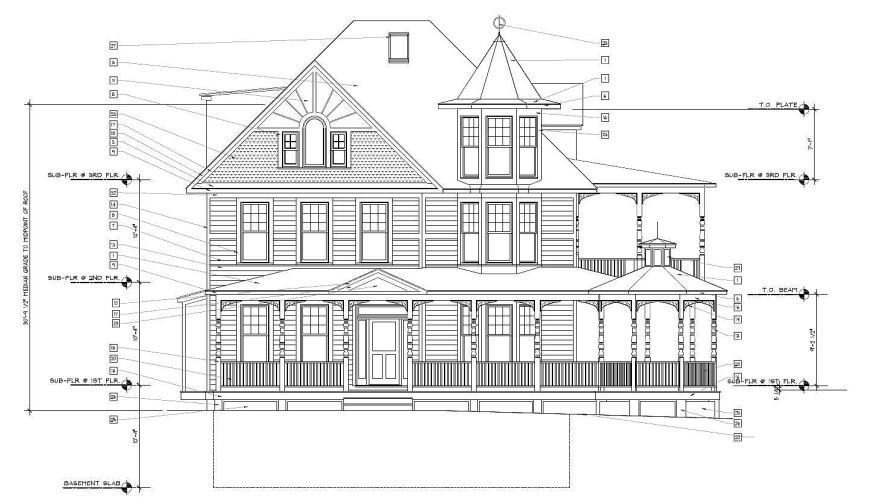
Proposed Front (East) Elevation
Originally posted at JCL Online
How far would you go to rebuild a cherished 1901 Queen Anne Victorian style home that succumbed to a tragic fire? Would you jump at the chance to revive this classic turn-of-the-century aesthetic marked by intricate, hand-crafted carpentry work, a panoply of audacious roof pitches, and resplendently ornate interior finishes? Presented with the opportunity to build from the ground-up a near-exact replica of an original Victorian, would you consider merging this historic architecture with a net-zero standard of high performance?
Welcome to JLC’s Queen of Zero case study 2024. Over the next year (or so), I will be sharing this story of rebirth – a phoenix of a house rising from the ashes – to become the first newly built Queen Anne Victorian to meet the U.S. Department of Energy’s Zero Energy Ready Home (ZERH) standard.
Aligning Net-Zero Performance with Victorian Design
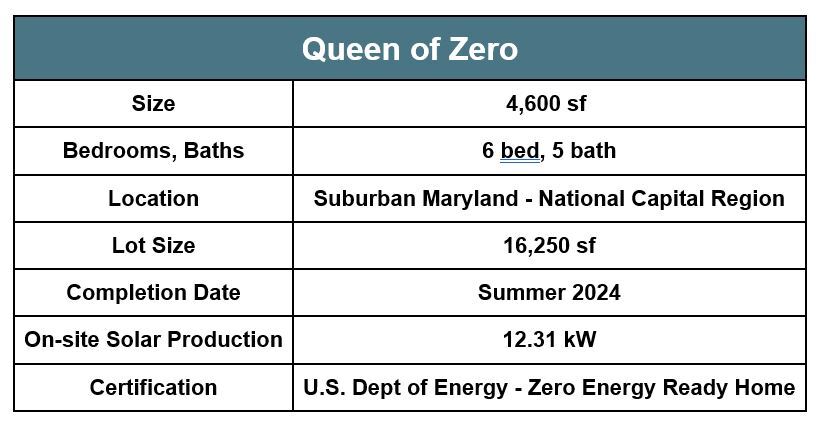 The property is located in a historic district of suburban Maryland just outside Washington, DC. Once full of stately Victorians, the stock of these centenarian balloon-framed antiques has dwindled significantly. The neighborhood is now predominantly a mix of mid-century bungalows and newer, production-built craftsman style homes.
The property is located in a historic district of suburban Maryland just outside Washington, DC. Once full of stately Victorians, the stock of these centenarian balloon-framed antiques has dwindled significantly. The neighborhood is now predominantly a mix of mid-century bungalows and newer, production-built craftsman style homes.
Queen of Zero’s homeowner, a longtime Maryland resident with a deep appreciation for historic preservation, explained that after the fire, “it was never a question of whether we would rebuild” the original home. Yet, recognizing the demands of a changing climate and rising utility costs, the owner is also seeking to modernize the functional aspects of his new home with advancements in energy efficiency, resiliency, and comfort. To achieve net-zero performance, Queen of Zero will incorporate a host of innovative products and materials such as a Tesla solar shingle roof and an exterior shell made of structural insulated panels (SIPS).
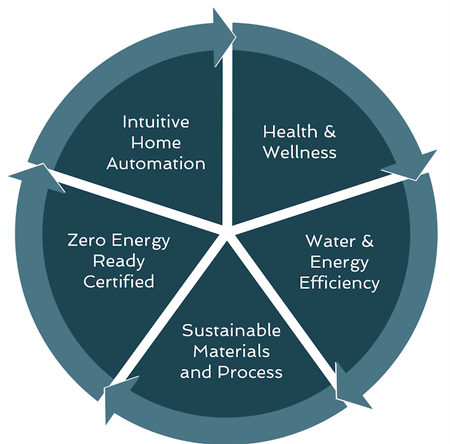
Symbi Homes Five Core Design Principles
Symbi is short for “symbiosis,” as my company aspires to build homes that are mutually beneficial for people and planet. Symbi Homes takes a holistic approach to green homebuilding, one that considers all aspects of the build – everything from occupant wellness to conserving operational energy to reducing embodied carbon in construction materials. These ideals are captured in Symbi’s Five Core Principles for Sustainable Homebuilding.
As the CEO of Symbi Homes, a greenbuild general contractor and developer, I have worked for more than a decade at the forefront of high-performance homebuilding, seeking to forge new pathways for sustainability in residential construction. Serving as Queen of Zero’s Director of Sustainability, my primary responsibility is to ensure that the project aligns with our zero-energy goals, while maintaining the integrity of its Victorian aesthetic.
I am working alongside an all-star team of veteran sustainable homebuilding professionals including architect Michael Romero, Matt Kulp of DAKS Builders, Kelly Gillespie of Kelly Green Energy Raters, and Daniel Santaella of UNIK Creative Studio.
As a case study, Queen of Zero provides us with a rare opportunity to delve deeply into the opportunities and challenges of applying our company’s core sustainability principles (see image above) to a custom project seeking both preservation and performance.
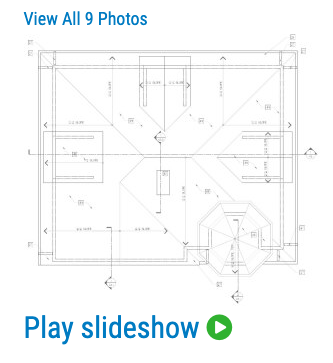 Some of the key insights that we hope to glean from Queen of Zero include:
Some of the key insights that we hope to glean from Queen of Zero include:
Optimizing heat pump technology for both water heating and HVAC systems. While manufacturers of air-source heat pump equipment have made great strides in comfort and efficiency, contractors continue to debate the appropriate applications and installation configurations for this equipment. For example, high-performance builders typically want to minimize duct runs, but are ductless systems practical in a Victorian layout segmented into lots of smaller rooms? And what’s the best placement and duct design for a heat pump hot water heater in light of air-space requirements, operational noise, and impact on ambient temperatures?
Minimizing spray foam in favor of less toxic, environmentally-friendly insulation and air sealing methods. Although the global warming potential of newer foam products has improved significantly in recent years, to what extent can we incorporate healthier, carbon negative products such as wet-spray or dense-packed cellulose into the complex design of a Victorian shell with its plethora of dormers, bay windows and fancy turret with a vaulted ceiling?
Achieving beyond-code air tightness with the help of ongoing diagnostic tools. Queen of Zero’s design and specifications aim for fewer than 3 ACH (air changes per hour) and duct leakage of < 4% by volume. To achieve Zero Energy Ready certification, Symbi Homes will engage a third party green reviewer to perform a duct leakage test at pre-drywall and blower door at final. However, Symbi will also use air leakage testing equipment at strategic time-points throughout the build to help identify any flaws during our installation process. We look forward to sharing the results of these tests and exploring the potential benefits of this approach for building high performance homes.
Maintaining superior indoor air quality. Similar to air-source heat pumps, ventilation manufacturers have made impressive advancements in designing mechanical products that keep homes healthier and more comfortable using less energy and intelligent indoor air quality monitoring. However, the application of these products, which may include a combination of energy recovery ventilators (ERVs), whole house dehumidification, and exhaust fans for source control, must be customized based on several factors including square footage, climate zone, floor plan layout, number of occupants, and occupant behavior. In addition to grappling with these challenges of how to properly ventilate a super tight house, our case study will be asking how we can minimize homeowner responsibilities relative to the maintenance of this sophisticated mechanical system.
Questions Driving the Project
Perhaps the most important question from a sustainability perspective will be: Do we hit our mark for net-zero energy? In other words, does all the advanced planning and energy modeling and increased scrutiny of the materials and installation process pay off in the end with a home that performs optimally, but costs almost nothing in off-site utilities to power and contributes minimally to greenhouse gas emissions?
And as follow-up to the net zero performance question, what do our lessons learned from Queen of Zero teach us about scaling sustainable home building across the country? Some sustainable building experts would argue that a resource-intensive build like the Queen of Zero could not possibly be considered “green” due to its size and complexity, and thus this model could not or should not inform the debate on how to decarbonize homes.
I agree that we need more sustainable models in residential construction addressing both operational and embodied carbon that can be quickly and efficiently scaled to meet the U.S. goal of 50% reduction in greenhouse gas emissions by 2030. Yet, the pathway to decarbonization is not a single road, but rather requires the convergence of many routes, creating a world in which sustainability becomes common vernacular across the construction industry – whether building a luxury mansion or a group of affordable townhomes. Queen of Zero will undoubtedly contribute to the discussion of how sustainability standards can be incorporated across various architectural styles and highly customized work.
Look for regular updates on this project in future JLC articles and here at SymbiHomes.com.
